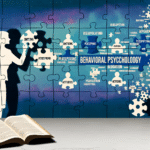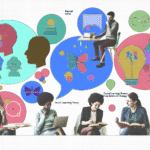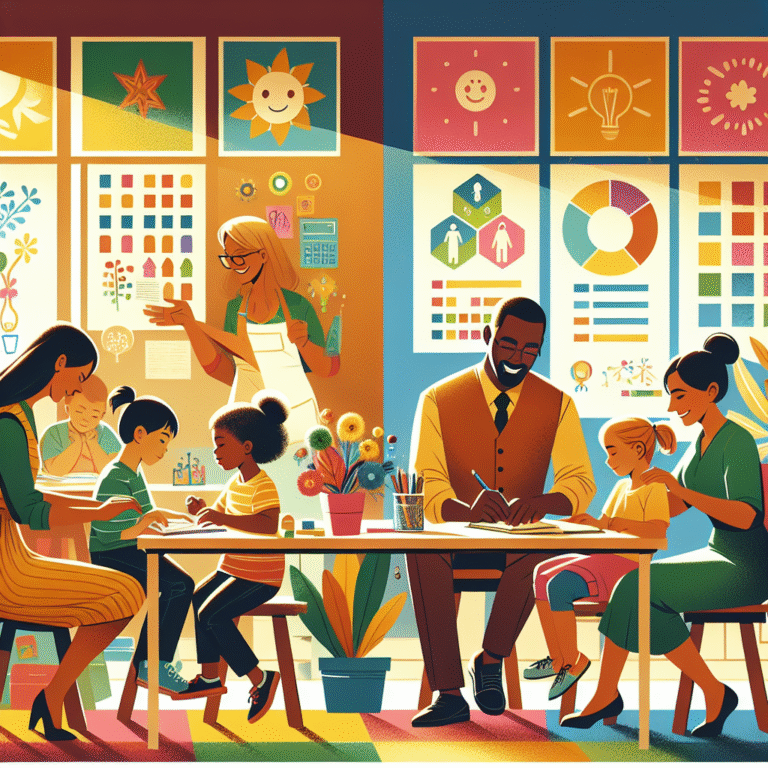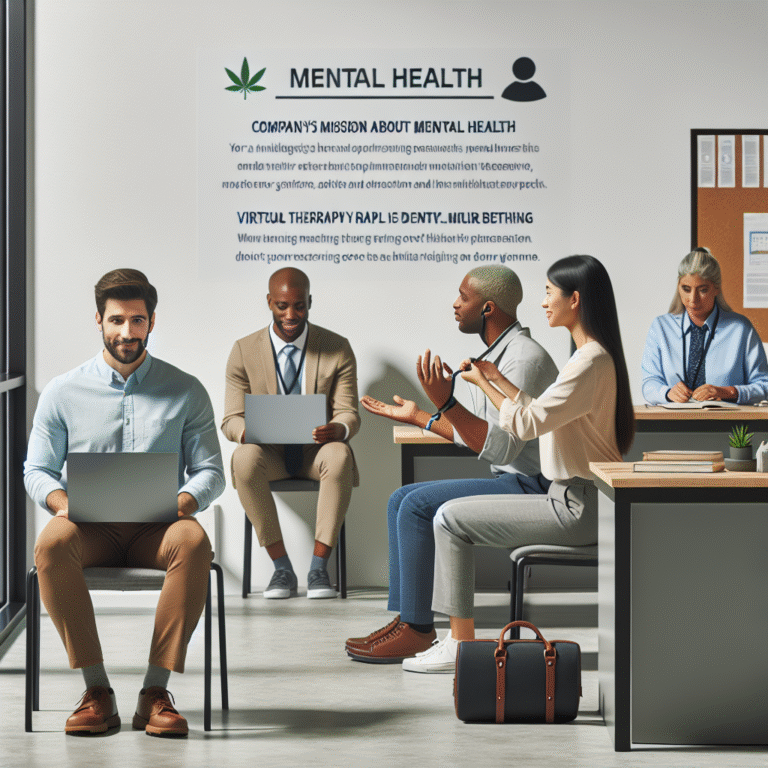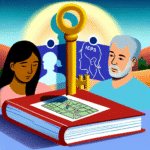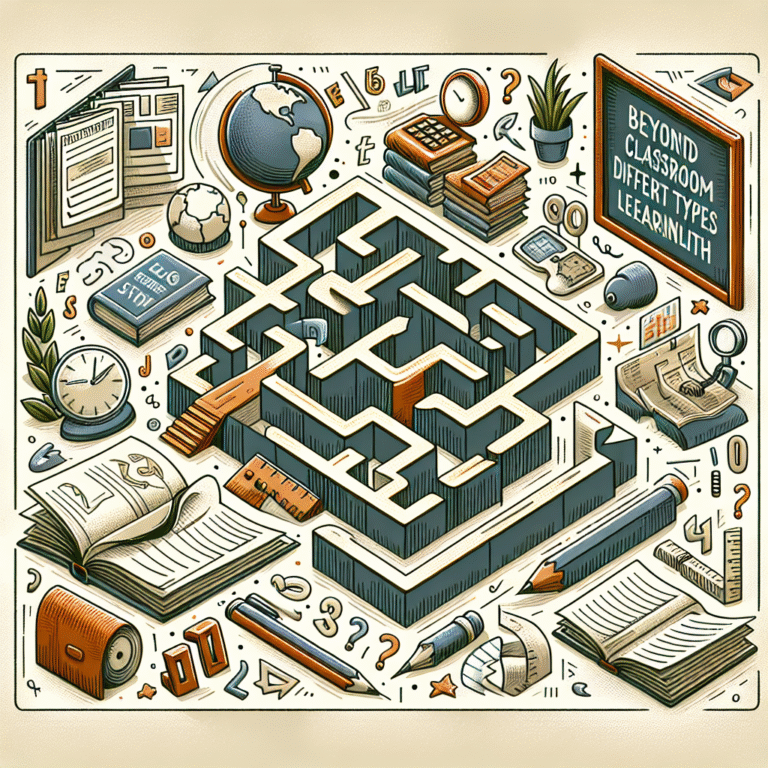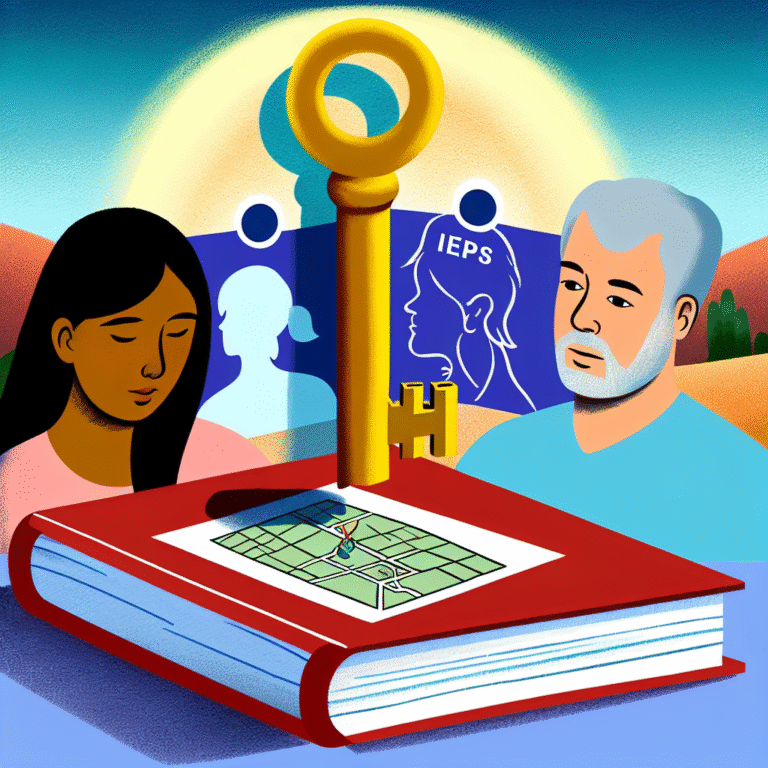
Introduction
In an increasingly interconnected world, collaboration has emerged as a powerful pathway toward achieving remarkable outcomes in various settings. Whether it’s in business, education, or community engagement, the ability to build synergy and work collectively can often mean the difference between success and stagnation. Building Synergy: Key Strategies for Effective Consultation and Collaborative Success serves as a pivotal guide for organizations and individuals alike. This article delves into essential strategies that can transform how we consult and collaborate, ensuring that every voice is heard and each effort contributes to a greater whole.
Understanding Synergy in Collaboration
What Is Synergy?
At its core, synergy occurs when the combined efforts of a team yield greater results than the sum of individual contributions. This phenomenon is often encapsulated in the phrase “1 + 1 = 3,” illustrating how collaborative efforts can produce outcomes that surpass expectations.
The Importance of Effective Consultation
Effective consultation acts as the bedrock of synergy. It ensures that all stakeholders’ perspectives are considered, fostering an environment of trust and respect. People are more likely to engage openly when they feel heard, laying the groundwork for profound collaborative efforts.
Key Strategies for Building Synergy
Strategy 1: Establishing Clear Goals
Building synergy relies heavily on setting clear, shared objectives. When everyone is aligned towards a common vision, the team can prioritize efforts efficiently, reducing confusion and increasing productivity.
Case Study: The Collaborative Project at TechCorp
TechCorp, a mid-sized technology firm, faced challenges in launching its latest software product. Different departments had disparate objectives that created friction. By holding a series of consultation meetings, the leadership team established unified goals. The clear vision transformed efforts into a cohesive plan, leading to a successful launch that exceeded sales expectations.
Strategy 2: Open Communication Channels
Encouraging open communication is vital for fostering a collaborative atmosphere. Teams should feel comfortable sharing ideas, concerns, and feedback without the fear of judgment.
Tools for Effective Communication
| Tool | Purpose | Benefits |
|---|---|---|
| Slack | Instant messaging | Real-time communication |
| Asana | Task management | Clear project tracking |
| Zoom | Virtual meetings | Face-to-face interaction from anywhere |
| Google Docs | Collaborative writing | Real-time document editing |
Strategy 3: Cultivating a Culture of Trust
Trust is the foundation of any successful collaboration. Team members should feel confident that their contributions are valued and that they can rely on one another.
Case Study: The Trust-Building Initiative at GreenConsult
GreenConsult, an environmental consulting firm, undertook a trust-building initiative that included team retreats and open forums. This focus on interpersonal relationships improved collaboration significantly, resulting in innovative project solutions that were previously unachievable.
Strategy 4: Leveraging Diversity
Diverse teams are more innovative and resilient. Each team member brings unique experiences and perspectives that contribute to more comprehensive solutions.
Data Insights on Diversity and Innovation
| Diversity Metric | Impact on Team Performance |
|---|---|
| Ethnic Diversity | 35% increase in creativity |
| Gender Diversity | 15% increase in revenue |
| Age Diversity | Enhanced problem-solving |
Strategy 5: Emphasizing Accountability
Each team member must understand their role and how it contributes to the collective goal. Establishing accountability encourages commitment and drives results.
Tools for Accountability
Leveraging project management tools like Trello or Monday.com can ensure each member is aware of their responsibilities, making it easier to track progress and hold each other accountable.
Strategy 6: Continuous Feedback Loops
Feedback isn’t just a one-time event; it must be continuous and constructive. Regular check-ins help keep projects on track and allow for real-time adjustments.
Case Study: The Effective Feedback Loop at EduTech
EduTech implemented a feedback loop for its online course development, encouraging instructors and students to share thoughts after each module. The iterative consultations led to course materials that were more aligned with learner needs, significantly improving course completion rates.
Strategy 7: Training and Development
Investing in training helps teams build the skills necessary for effective collaboration. Workshops on conflict resolution, communication, and project management can enhance group function.
Strategy 8: Celebrating Successes
Recognizing and celebrating team achievements fosters a spirit of unity and reinforces the value of collaboration.
Effective Recognition Methods
- Public Acknowledgment: Recognize teams in meetings or newsletters.
- Rewards Programs: Implement incentive programs for outstanding group performance.
Conclusion
Building synergy doesn’t happen overnight; it requires deliberate strategies and ongoing commitment to effective consultation and collaboration. By establishing clear goals, fostering open communication, cultivating trust, embracing diversity, emphasizing accountability, maintaining feedback loops, investing in training, and celebrating successes, teams can achieve remarkable outcomes. Armed with these insights, readers are equipped to start their journey toward Building Synergy: Key Strategies for Effective Consultation and Collaborative Success.
FAQs
1. What is the role of clear goals in collaboration?
Clear goals set the direction for the team, ensuring that all efforts are aligned and focused for maximum impact.
2. How can I improve communication within my team?
Utilize collaborative tools and establish regular check-ins to foster a culture of open and ongoing dialogue.
3. Why is trust important in a team?
Trust encourages openness and vulnerability, leading to more innovative solutions and stronger team dynamics.
4. What are the benefits of diversity in teams?
Diverse teams bring a variety of perspectives, which can enhance creativity and lead to better problem-solving.
5. What is an effective way to provide feedback?
Establish regular feedback sessions where team members can share their thoughts constructively, using tools that enable easy tracking and follow-up.
By putting these strategies into practice, you can pave the way for successful collaborations that truly embody the essence of synergy. Take action today, and embrace the power of collective efforts!
